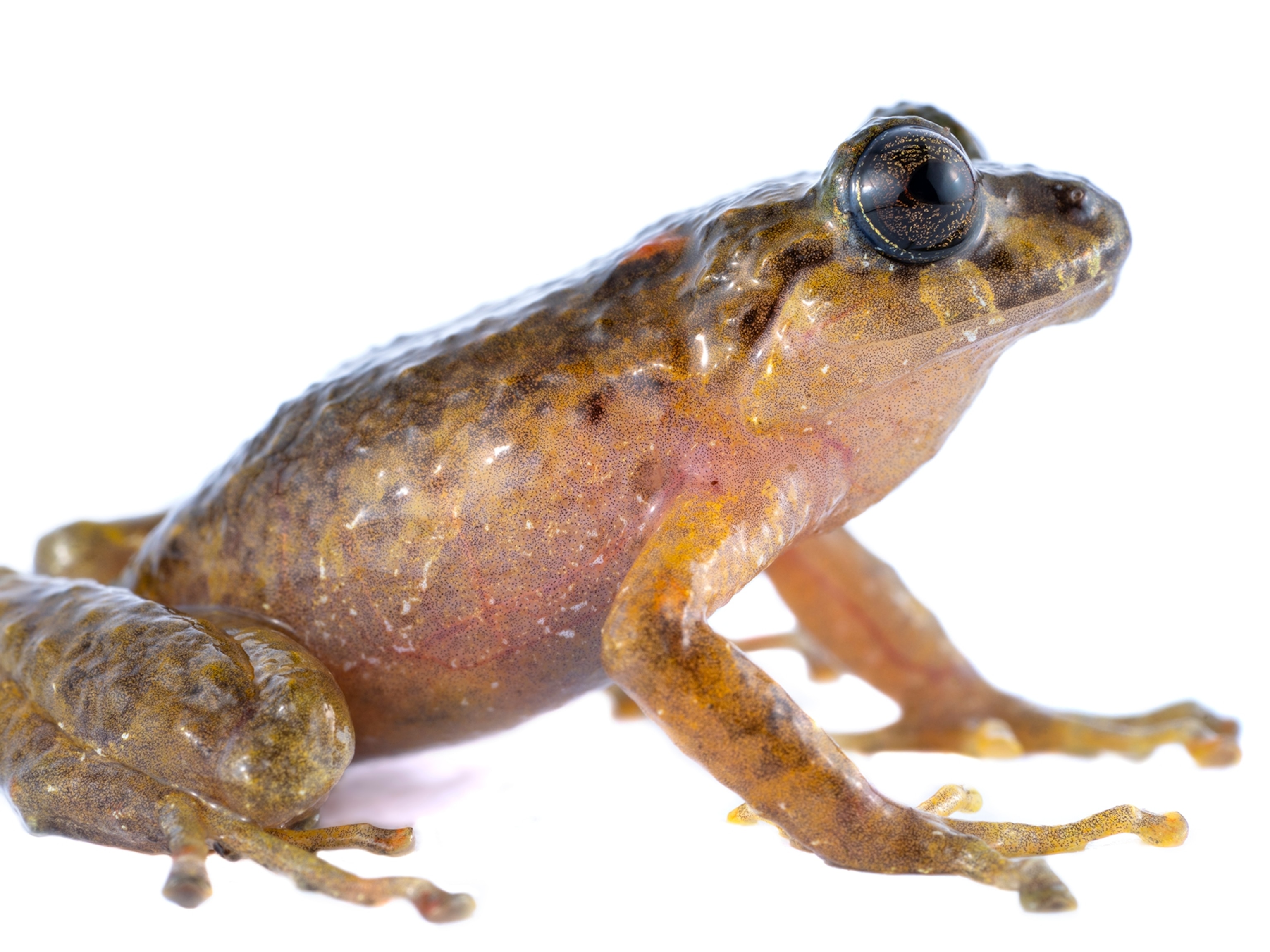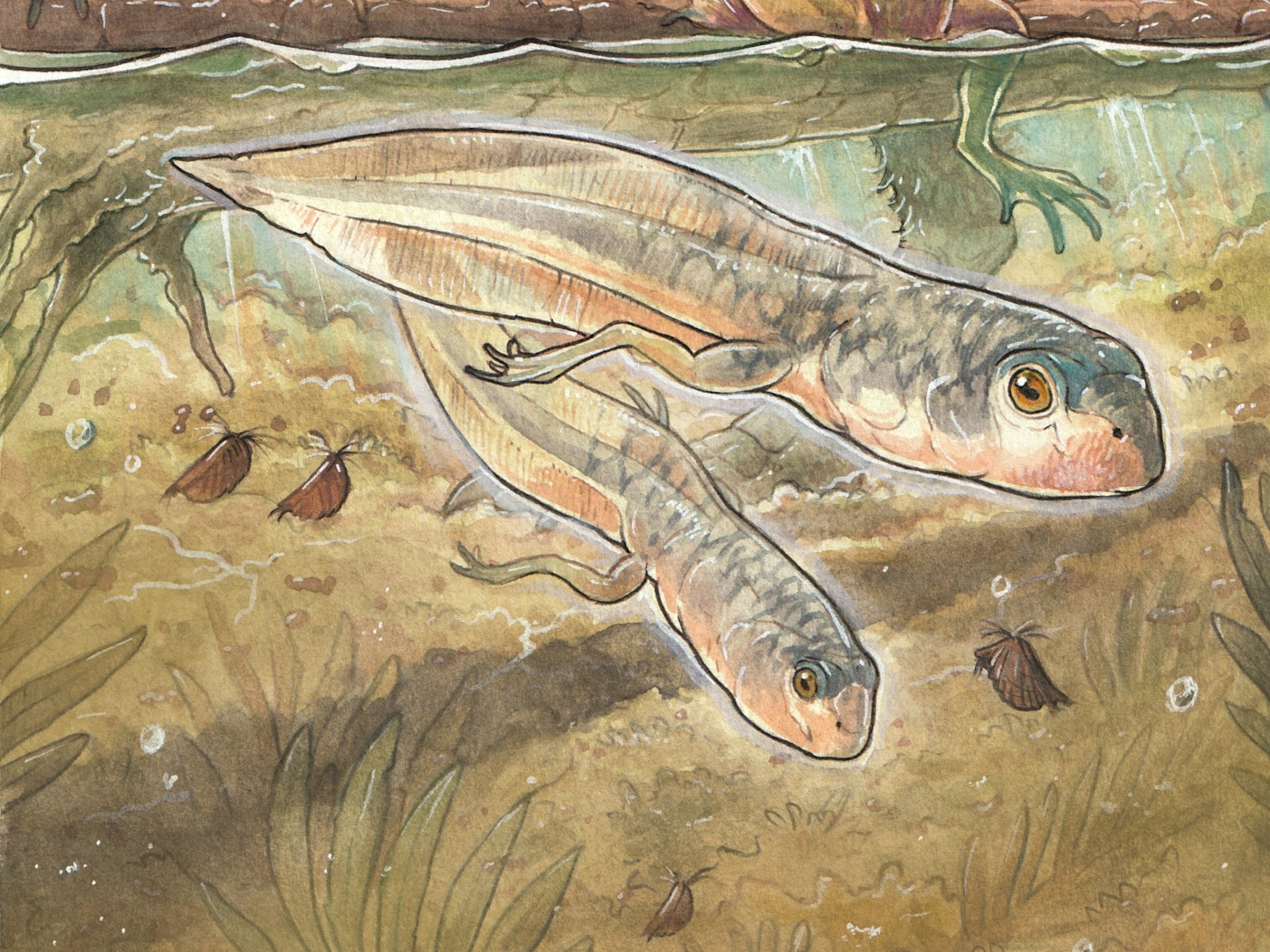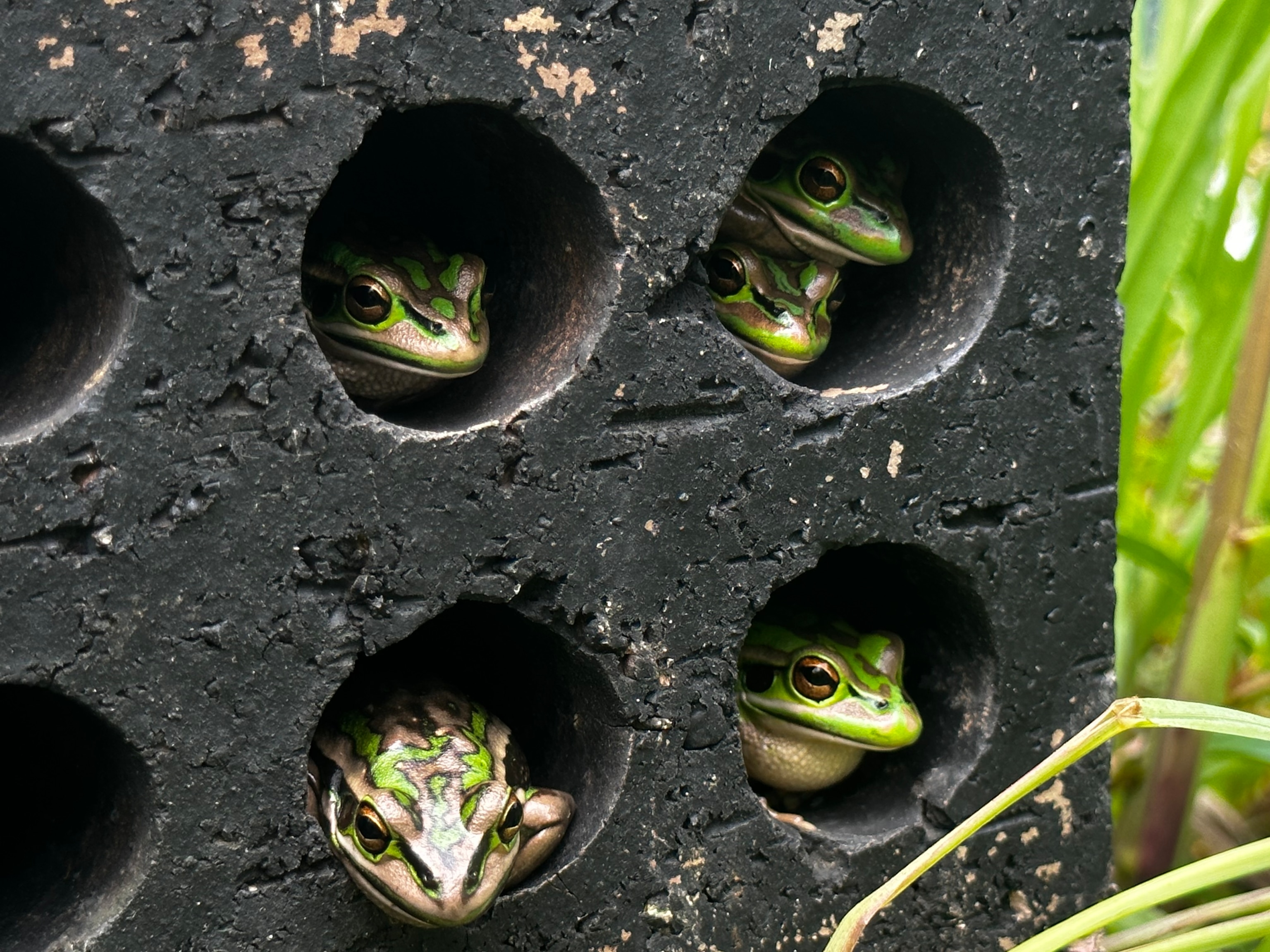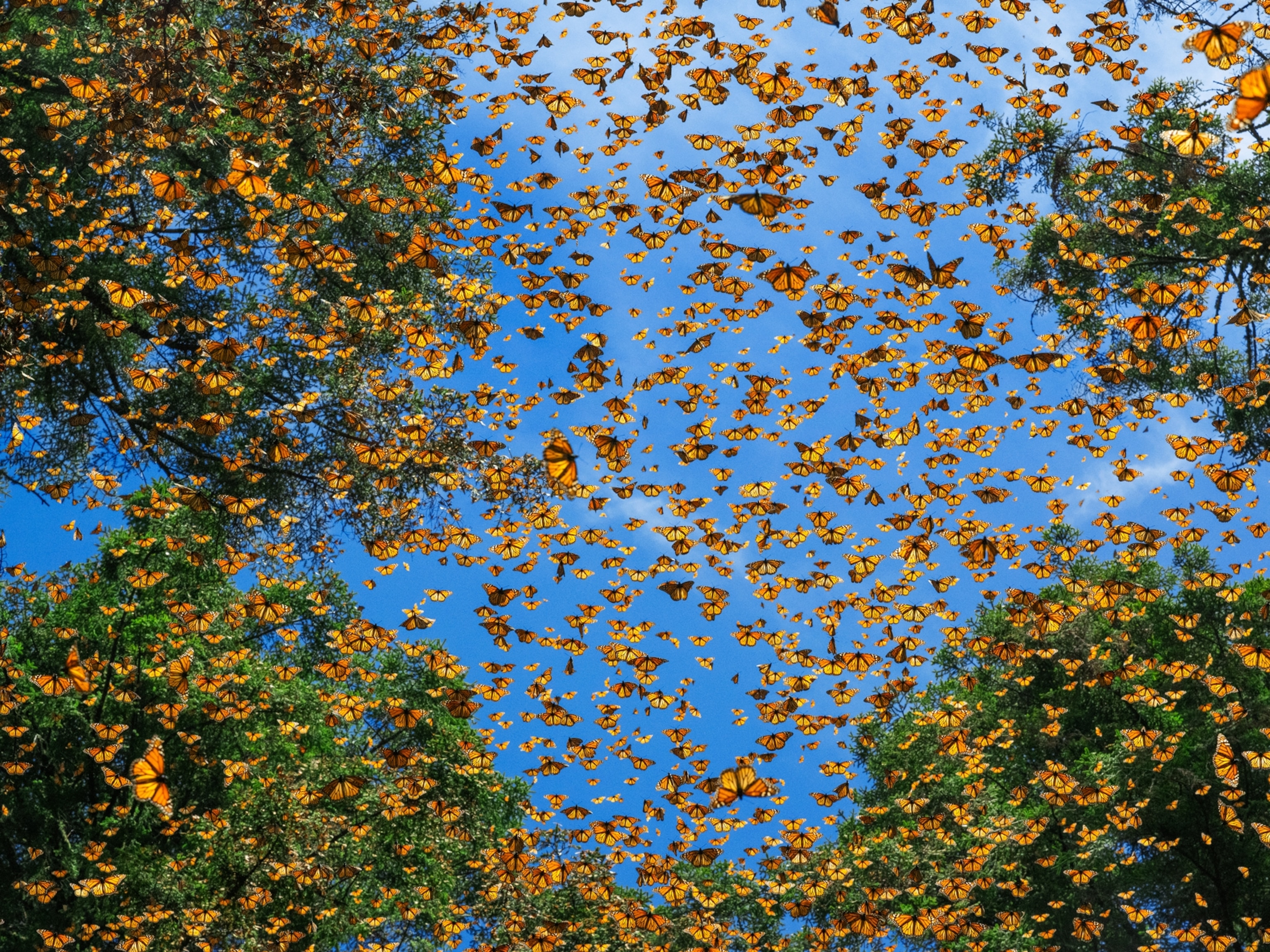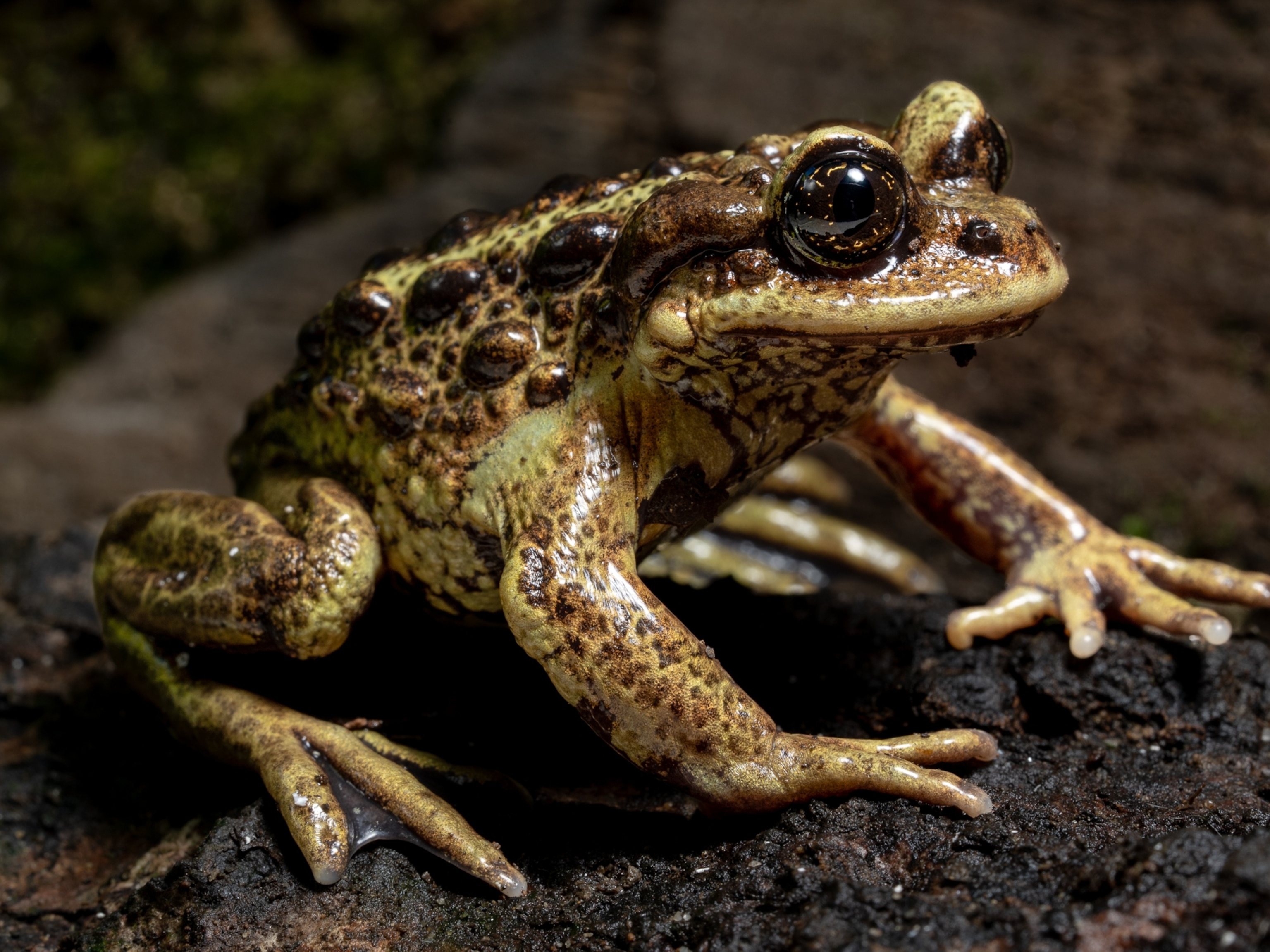This endangered toad just got a big boost from Bad Bunny
Bad Bunny’s latest album amplifies the voices of Puerto Rico’s coquí and endangered crested toad, highlighting the urgent need to protect the island’s fragile ecosystems and cultural heritage.

Among the lush, green mountains of Puerto Rico, the coquí frog sings a nightly serenade that’s as iconic as the island’s salsa beats and rum cocktails. But now, this tiny amphibian’s sharp, rhythmic call “ko-kee! ko-kee!” echoes a deeper plea: to protect Puerto Rico’s fragile ecosystems and cultural heritage as they face sweeping changes.
In his latest album, DeBÍ TiRAR MáS FOToS, reggaetón star Bad Bunny (Benito Antonio Martínez Ocasio) transforms the coquí’s song and the critically endangered Puerto Rican crested toad—featured as the album’s mascot—into symbols of resilience, urging action to safeguard the island’s natural and cultural treasures.
For Bad Bunny, whose music often serves as a love letter to Puerto Rico, these amphibians represent the enduring spirit of his homeland. Through his evocative lyrics and visuals, he draws attention to their shrinking habitats while celebrating the cultural identity they embody.
“Bad Bunny gave us a unique opportunity, and I hope our people know how to take advantage of it,” says Rafael Joglar, a biology professor at the University of Puerto Rico, Rio Piedras campus, and founder of the nonprofit conservation group The Coquí Project. “This is the best thing that has happened to us in a long time in terms of conservation.”
An album amplifying nature’s voices
For generations, the coquí frog has stood as a cultural emblem of Puerto Rico, celebrated in Indigenous Taíno ceramics, paintings, and poetry. According to Taíno legend, a goddess created the coquí to call out her lost love’s name forever. The amphibian’s significance is so deeply rooted that many Puerto Ricans often proclaim, “Soy de aquí como el coquí” (“I’m from here, like the coquí”), as a proud expression of belonging.
The Puerto Rican crested toad (sapo concho), though less celebrated, holds its own cultural and ecological significance. It is one of only two native amphibian species in Puerto Rico that isn’t a coquí, which makes up 14 of the 16 native species. Once thought extinct for over four decades, the sapo concho was rediscovered in the 1970s, reclaiming its place as Puerto Rico’s sole native toad.
Rising temperatures and changing weather patterns have disrupted these amphibians’ habitats, threatening the forests that resonate with its song. Hurricanes like María, which ravaged Puerto Rico in 2017, have caused significant damage to these ecosystems, further straining coquí populations.
While some species, such as the mountain coquí (Eleutherodactylus portoricensis), are adapting by moving to higher altitudes in cloud forests like El Yunque National Forest, their options are limited. These habitats are restricted to Puerto Rico’s highest peaks, and once the frogs reach these elevations, there is nowhere else to go—creating a phenomenon scientists call “mountaintop extinction.”
(Puerto Rico’s stunning new trail traverses a tropical rainforest.)
“Amphibians are the most threatened group of vertebrate animals on Earth. We used to have 17 species of coquis, and we’ve lost three of them already,” Joglar said. “The sapo concho, like other amphibian species in Puerto Rico, has been neglected due to a lack of funding, serious commitment, expertise, or all of the above.”
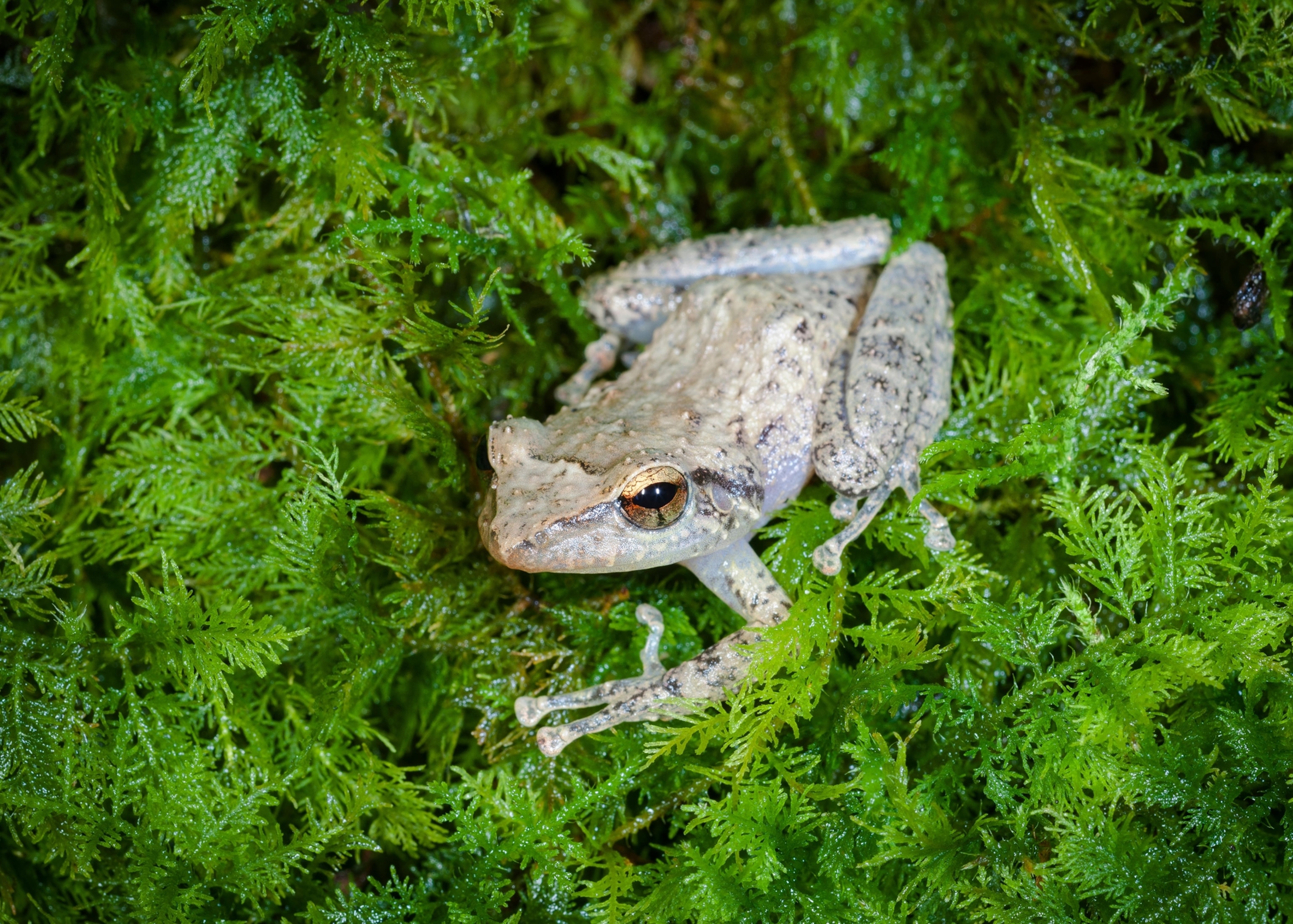
A changing Puerto Rico
Coquís and Puerto Rican crested toads are not the only ones vanishing from Puerto Rico. Economic instability, natural disasters, and gentrification have led to significant shifts in the island’s population. Since 2010, the island’s population has dropped by over 11 percent, with over 130,000 residents leaving after Hurricane María alone.
In his song “LO QUE LE PASÓ A HAWAii”(“What Happened to Hawaii”), Bad Bunny uses the coquí’s journey as an allegory for Puerto Rican labor migration in the early 20th century, when the frogs became an invasive species in Hawaii, likely hidden in travelers’ luggage.
“It seems that the coquí was also part of this migration, traveling in their luggage and suitcases,” reads a slide in the song’s YouTube visualizer, drafted by historian Jorell Meléndez-Badillo.
(How Puerto Rico grapples with its past—to reshape its future.)
Meanwhile, rapid coastal development is reshaping the island’s landscape, erasing critical amphibian habitats to make way for luxury housing and hotels. Urbanization has already wiped out the sapo concho population in northern Puerto Rico, while several coquí species face similar threats.
This ongoing transformation is exacerbated by hurricanes, droughts, and rising temperatures, which strain human and wildlife populations.
(Why Puerto Rico has debated U.S. statehood since its colonization.)
Yet, despite these challenges, the coquí’s song remains a powerful symbol of Puerto Rican identity and resilience. Many hope that Bad Bunny’s album will amplify awareness of these intertwined crises, inspiring local and federal action to safeguard the island’s cultural heritage, fragile ecosystems, and the people who call it home.

